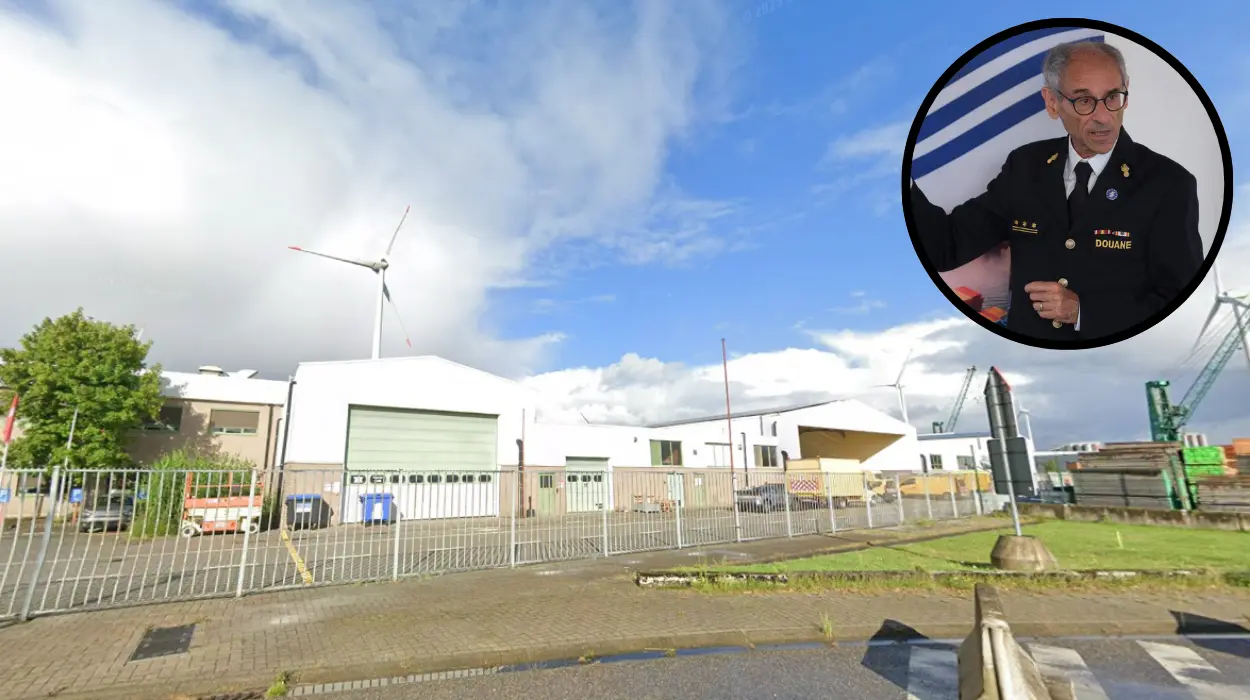Antwerp (Brussels Morning Newspaper) – Cocaine seizures at Antwerp port fell in weight, but the number of interceptions rose to 82 in early 2025. Smugglers use smarter tricks. Kristian Vanderwaeren stresses better tools and teamwork.
As DeMorgen and VRT News reported, Belgian Customs gave its latest seizure report on Monday, July 7, 2025, at a press conference in the port of Antwerp. The figures cover the first 6 months of 2025 and keep the trend seen last year. Officers stopped 82 shipments that carried cocaine between January and June 2025.
In the same period of 2024, they had stopped 62 shipments. In 2024 each haul held an average of 359 kilograms. In 2025 that average slipped to 204 kilograms. Smugglers now split big batches into many small parcels, so one loss affects them less. This new tactic spreads the drug through a wider net of containers and forces customs crews to check more boxes with the same care.
What new tricks are smugglers using to bypass Antwerp Port?
Customs officers say drug gangs are now using smarter tricks. The traffickers break a big cocaine batch into many small ones. They hide the small lots in several “risk containers,” so if one box is found the rest may still pass. This split already happens in the country where the trip starts.
They mentioned that Brazil is the main starting point in the past 6 months. By scattering the drug before it leaves South America, the gangs hope to beat checks in Europe. Because of this, customs and police must swap more tips with foreign partners and keep sharpening their smart searches at the port of Antwerp.
“The cocaine mafia is looking for ways to push the drugs into Antwerp. They are trying to get the logistical hubs under control,”
Says Kristian Vanderwaeren, administrator general of customs.
According to the officials, most of the cocaine shipments stopped this year using the rip-off method. In this trick, smugglers place sports bags filled with drugs inside a container that holds normal goods like cars or fruit. The sender and the receiver do not know about the drugs. The papers for the shipment look normal.
When the container arrives in Antwerp, dock workers who work with the smugglers open it quickly. They use tools to cut the lock, take the bags, and leave before anyone sees them. This only takes a few minutes. Customs says most drug cases in early 2025 used this method.
Customs officers found drugs hidden in many ways. In one case, they used an X-ray on a fruit shipment and saw fake bananas filled with cocaine. These were mixed with real bananas. In another case, they found packets of cocaine hidden inside frozen fish. They also found liquid cocaine inside bottles that looked like soft drinks.
Some drugs were hidden behind fake cooling panels. Others were pressed into fake magnets used in machines. Officers even found cocaine inside the wooden parts and glue of shipping pallets. Customs now uses better scanners, drug detection swabs, trained dogs, and smart computer systems to find strange shipments.
Officials say smugglers will try to use any weak point in the system. That is why customs must keep training staff, checking seals, and working with port workers and police from other countries.
“The figures show that the fight against drug trafficking is far from over and that organised crime is constantly adapting,”
Says Kristian Vanderwaeren.
“We must therefore continue to invest in people, technology and international cooperation to keep our ports safe.”



